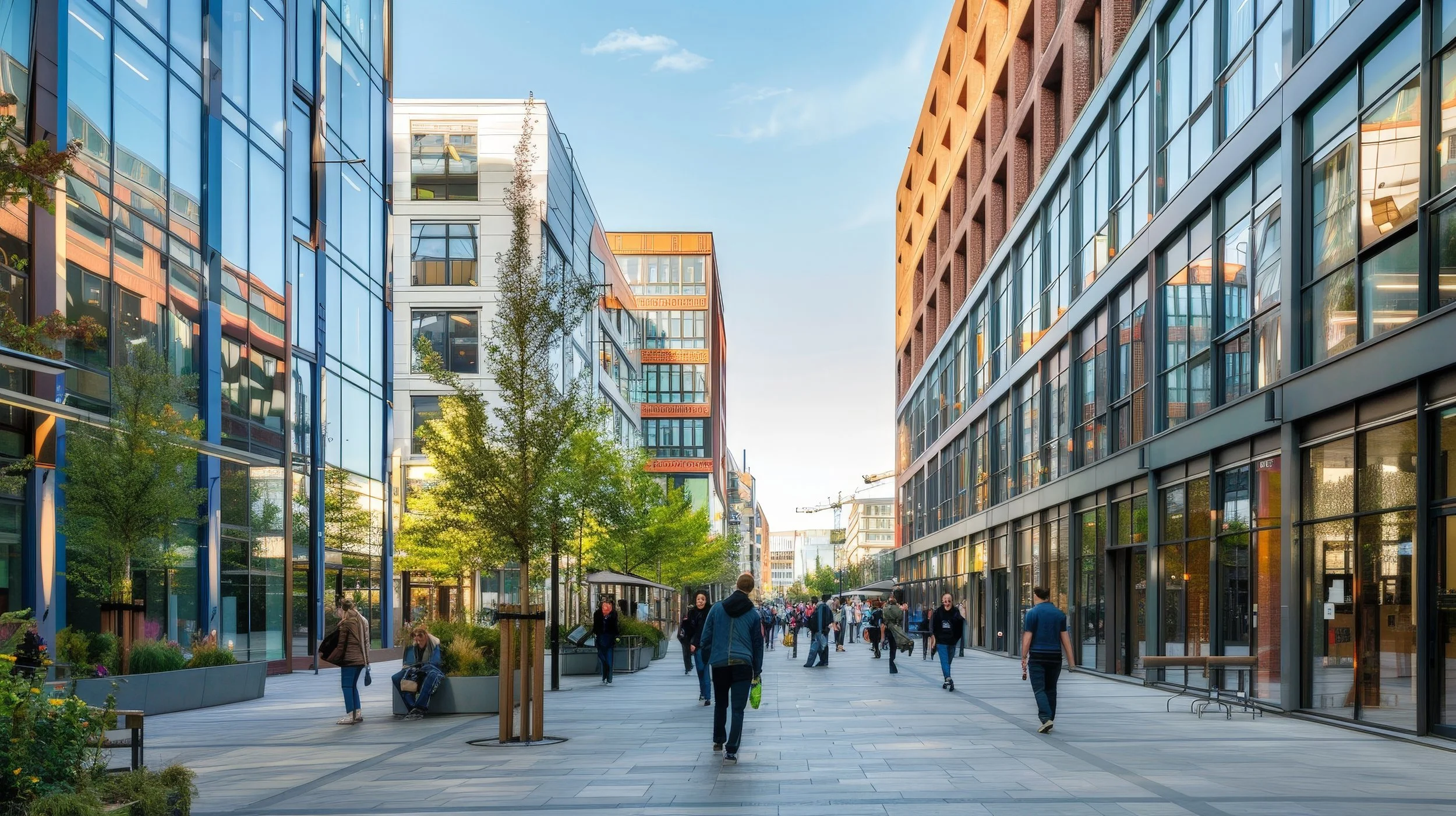Building trust will be key to delivering transformative housing
Getting community engagement right leads to places that reflect local identity, enhance quality of life, and stand the test of time.
Housing is often discussed in abstract terms. Whether it’s examining the government’s progress against its housebuilding targets or bemoaning local opposition or regulations, these conversations often overlook how deeply housing is inherently tied to place – how we perceive and value where we live, and how this shapes our overall quality of life.
“The answer lies in rebuilding trust through tangible, place-based delivery” according to recent research carried out by Opinium and policy institute Curia on public attitudes towards development. While 45% of people want to limit new buildings to preserve local character, 37% do support development to address shortages and affordability. Crucially, only 7% back development in their own areas.
This reveals a more nuanced picture than many expect. Nearly half say good design that fits local character would boost support, alongside protecting green space and ensuring infrastructure comes first. So, dismissing local opposition as a barrier misses the point – it is not development itself people resist, but the fear it won’t be done well. Communities want to trust that proposals are thoughtful and genuinely beneficial.
So, how do those bringing forward housing schemes work to bridge this gap in trust?
Understanding and responding to local dynamics
At Counter Context, we champion empathy in all projects we are appointed on. We work hard to understand community perspective and what truly matters to locals.
The concerns could be access, parking and transport, or the potential impact on local roads and traffic. It could be the perceived impact on the local environment or increased pressure on local services.
Of course, all these issues will be assessed in detail as part of any planning application, but early engagement with communities is key. It helps to uncover how these issues are perceived and starts to build a cycle of trust. Even if you don’t have all the answers, simply acknowledging local priorities and outlining how these will be considered and ultimately addressed can go a long way. In contrast, a rushed consultation just before submission often feels tokenistic and risks undermining trust – regardless of how thoughtful the proposals may be.
Telling a compelling story
The places we live change considerably over a lifetime, but rapid change is harder to accept without a clear, compelling narrative – one that explains why change is needed and what it means for local people. That story should start early, taking communities on the journey. What makes this site appropriate for housing? What is informing the design? How do the plans build on local character or heritage?
Helping people visualise the change – and benefits – is key. This means celebrating the design quality and highlighting what new homes will bring to an area: vibrancy, investment, support for local businesses, or access to improved amenities.
Ideally, allowing the local community and other stakeholders to help shape that narrative through a phased approach to engagement – demonstrating how feedback influences plans – will help build more trust in both the design and planning process, as well as the long-term outcome.
Why it matters
Real progress depends on understanding the deep connection between housing and place. The government’s New Towns agenda offers the hope of delivering new housing at scale and in locations where existing communities will provide less resistance. New Towns, urban extensions and other large-scale developments will no doubt play a significant role in achieving the government’s 1.5m homes target.
But we can’t rely solely on vast projects to meet urgent housing needs – especially with current uncertainty around how they’ll support the North West’s key population centres.
Whether through flagship regeneration schemes or smaller urban or suburban sites, it’s clear that success depends on working with communities from the outset. Building trust and shaping development around local needs is essential – not just to deliver homes, but to create places people feel proud to call home.

